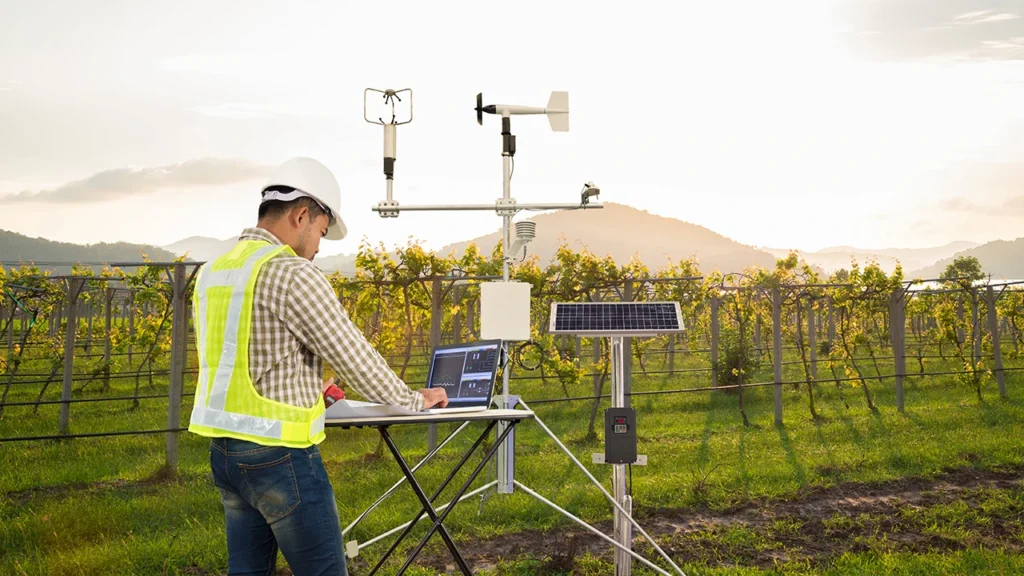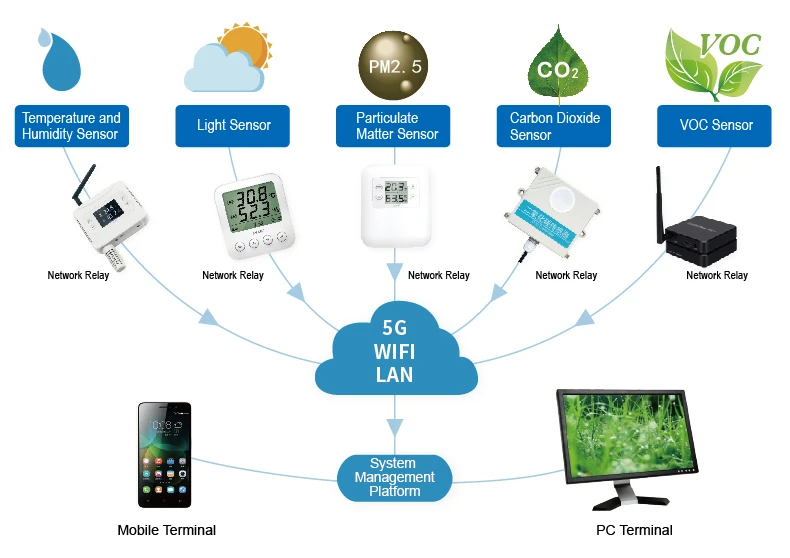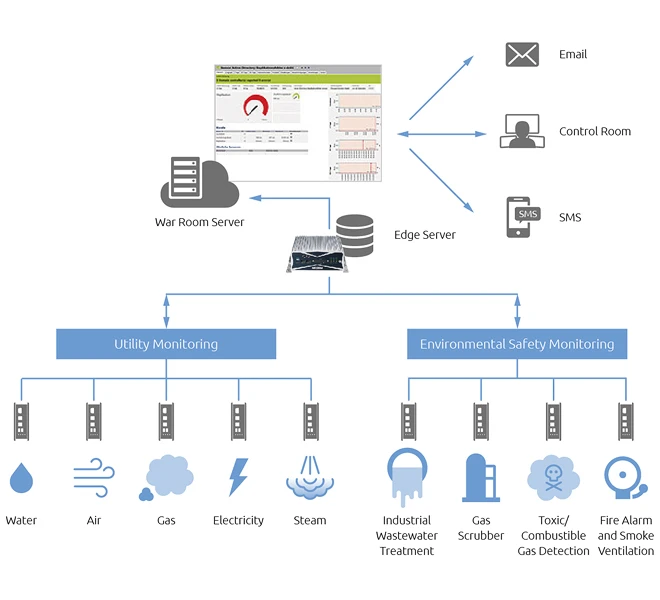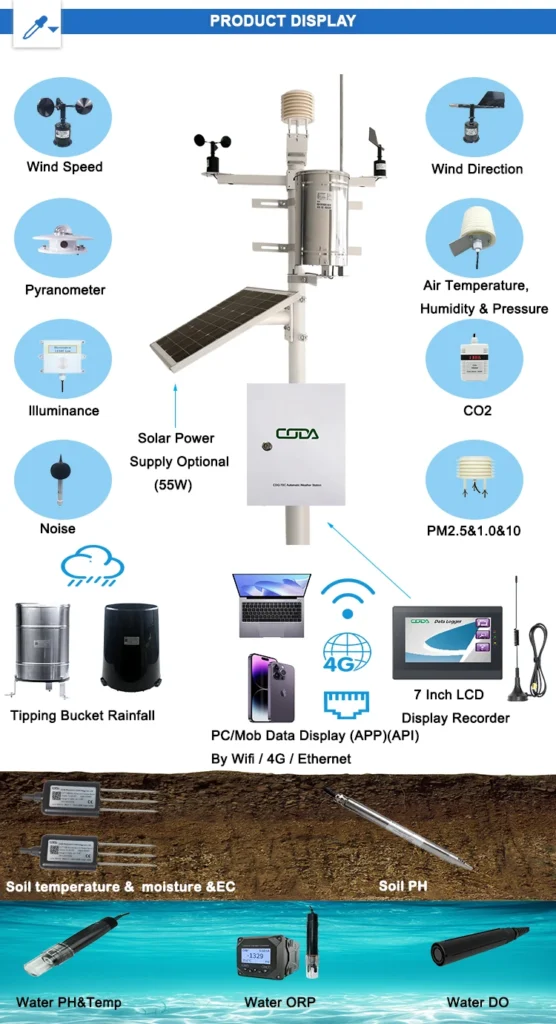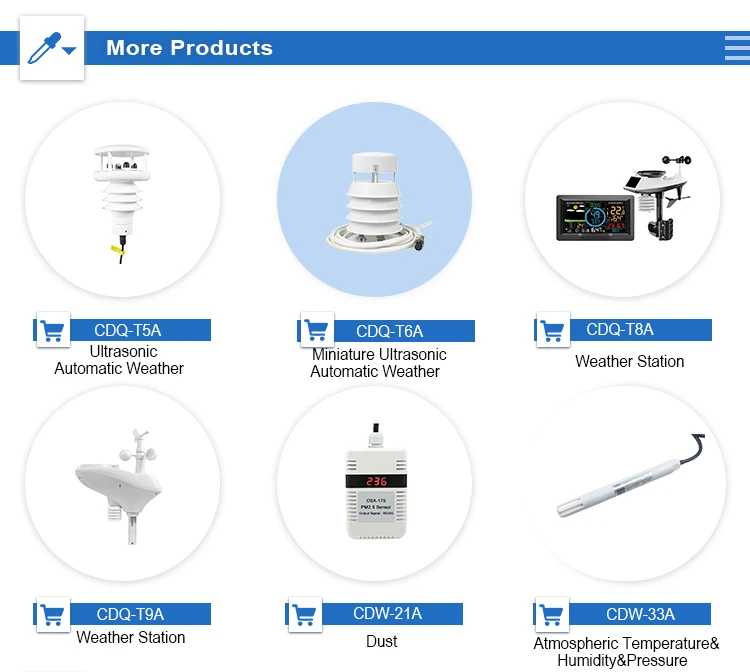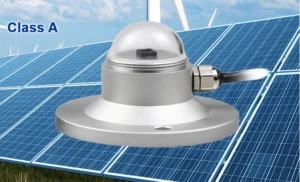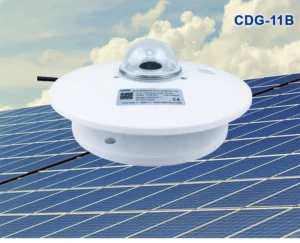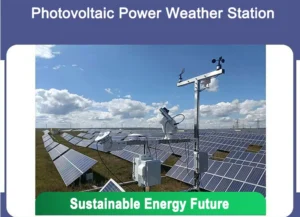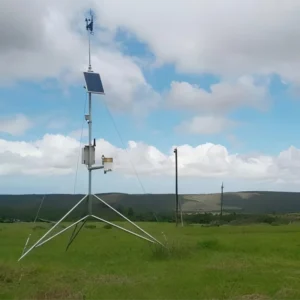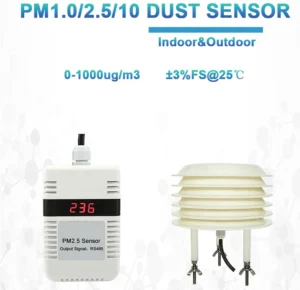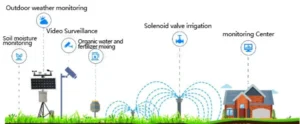What is an Environmental Monitoring System? | environment monitoring system
This article looks at the idea of environmental monitoring systems. It covers their parts, functions, uses, technology, challenges, and future possibilities. This analysis aims to explain how these systems help protect the environment. They also support sustainable development and promote human well-being.
1. Introduction
In a time of rising environmental concerns, we face air pollution, water problems, climate change, and loss of biodiversity. Environmental monitoring systems have become essential tools. These systems serve as the eyes and ears for protecting the environment.
They help us understand the natural world more clearly. And also let us spot changes early and take steps to reduce negative effects. They are important for scientists and researchers who look at the environment.
It are also vital for policymakers, industries, and the public. All these groups care about the health of our planet.
2. Definition and Concept of Environmental Monitoring System
An environmental monitoring system (EMS) is a tool that gathers and studies data centers about the environment. At its core, it uses sensors, data collection tools, communication networks, and software.
This system keeps an eye on changes in the environment. It does more than just collect data. It turns raw data into helpful insights. These insights can help with environmental management, conservation efforts, and creating sustainable practices.
The main goal of an EMS is to check the quality of the environment. It also finds possible sources of pollution. Lastly, it tracks how well environmental protection measures work.
The system checks the quality of air, water, and soil. It also checks noise levels and the variety of life. This provides a full view of the environmental health in any area. It can be a small community, a large industrial zone, or an entire ecosystem.
3. Components of an Environmental Monitoring System
3.1 Monitoring Devices
The first and most noticeable part of an EMS is the group of monitoring devices. We have many sensors and tools made to measure different environmental factors.
3.1.1 Air Quality Sensors
Air quality sensors help find and measure pollutants. These include small particles (PM2.5 and PM10), sulfur dioxide (SO₂), nitrogen oxides (NOx), carbon monoxide (CO), and ozone (O₃). For example, optical particle counters can measure how much dust is in the air.
They do this by finding light that scatters when particles move through a beam. Gas sensors use electrochemical or infrared methods to measure the levels of gas pollutants.
3.1.2 Water Quality Sensors
Water quality sensors are important for checking the health of water ecosystems. They can measure things like pH, dissolved oxygen, temperature, turbidity, and heavy metals.
They also check for harmful chemicals. Dissolved oxygen sensors use two main methods: polarographic and optical. They check the amount of oxygen in water. This is important for the survival of water animals.
3.1.3 Soil Sensors
Soil sensors are used to monitor soil moisture, temperature, pH, nutrient levels, and the presence of contaminants. These sensors assist with farming, land planning, and protecting soil resources. Soil moisture sensors provide farmers with real-time information. This helps them water their crops better and save water.
3.1.4 Biological Monitoring Devices
Biological monitoring devices check how diverse and healthy living things are in an ecosystem. This can include using cameras to watch wildlife, traps to sample insects, and DNA methods to identify species.
3.2 Information Systems
The information system in an EMS collects, sends, stores, and manages data. It typically consists of data loggers, communication networks, and data – management software.
3.2.1 Data Loggers
Data loggers are devices that record data from sensors over time. They can hold a lot of data in their internal memory. They often have connections for other devices or networks.
Some data loggers use low power and work on their own. This lets them run in remote or hard-to-reach places for a long time.
3.2.2 Communication Networks
Communication networks are very important. They help send data from monitoring devices to a central server or data-processing center. This can include wired networks like Ethernet or fiber-optic cables in cities or factories.
It can also involve wireless networks in remote areas. People often use wireless communication. This includes 4G and 5G cell networks, satellite links, and wireless sensor networks (WSNs).
3.2.3 Data – Management Software
Data – management software is used to organize, store, and analyze the collected data. It offers an easy-to-use interface for accessing data, creating reports, and showing trends.
Advanced data management software may also have features for data calibration, quality control, and integration with other data sources.
3.3 Data Processing Equipment
Data processing equipment includes servers and strong computers. We use these tools to look at the large data collected by the EMS. These devices use simple rules and models to handle data. They find patterns and make predictions.
For example, machine-learning algorithms can look at past air quality data. They can predict future pollution levels based on weather and traffic patterns.
4. Core Functions of an Environmental Monitoring System
4.1 Real – time Monitoring
One of the most important functions of an EMS is real – time monitoring. This helps to quickly detect changes in environmental conditions. If a toxic gas leaks from a factory, air quality sensors can quickly detect the rise in pollution.
We can quickly share this information with the right people and the public. This helps them act, like leaving the area or giving health warnings.
4.2 Data Collection and Recording
The system collects data from different sensors and saves it for later analysis. We highly automate the data collection process to ensure accurate and consistent data capture over time. This historical data plays a vital role in long-term environmental studies.
It helps find trends, check how well policies work, and predict future changes in the environment.
4.3 Data Analysis and Evaluation
Once the data is collected, it goes through several analysis and evaluation steps. This includes cleaning data to fix errors and remove outliers. It also involves checking to make sure it is accurate. It also includes statistical analysis to find links between different environmental factors.
For example, scientists can study how water temperature and oxygen levels affect fish in a river. This helps them see how changes in the environment affect water ecosystems.
4.4 Early Warning and Alarm
An EMS can be set up to create limits for different environmental factors. When we go over these limits, the system sends an early warning or alarm. If the water level in a reservoir goes too high, the system can alert the water management team.
They can then act to prevent flooding. If air pollution levels get too high, the system can warn the public. It can also lead to emergency pollution control actions.
5. Application Areas of Environmental Monitoring Systems
5.1 Ecological Environment Protection
5.1.1 Nature Reserves
In nature reserves, we use monitoring systems to protect endangered species and their homes. Conservationists can help keep the ecosystem healthy.
They do this by checking temperature, humidity, and animal movement. In a rainforest reserve, cameras and sensors watch rare monkeys. They also look at the health of the forest canopy.
5.1.2 Wetland Ecosystems
Wetlands are important ecosystems. They offer many services, like cleaning water and controlling floods. EMSs can check water quality, plant cover, and the presence of species that depend on wetlands.
We use this information to manage and restore wetlands. This helps ensure they stay healthy for a long time.
5.2 Urban Environmental Management
5.2.1 Air Quality Monitoring
In cities, industrial emissions, vehicle exhaust, and construction work make air quality a big concern. We employ environmental monitoring systems to constantly check air quality at various spots throughout the city.
5.2.2 Noise Monitoring
Noise pollution can have a significant impact on human health and well – being. Noise monitoring systems check noise levels in cities. They focus on places near schools, hospitals, and homes.
5.2.3 Water Quality Monitoring in Urban Water Bodies
Industrial waste, sewage, and stormwater runoff often pollute urban waterways. EMSs check their quality to protect recreation and aquatic life.
5.3 Industrial Production Supervision
In the industrial sector, companies use environmental monitoring systems. These systems help them follow environmental rules. They watch the pollution that comes from factories.
This includes greenhouse gases, volatile organic compounds (VOCs), and heavy metals. Industries can reduce their environmental impact by watching these emissions closely. This helps them act and stay away from costly fines.
5.4 Emergency Response and Disaster Warning
Environmental monitoring systems play a crucial role in emergency response and disaster warning. For example, in a forest fire, sensors can find changes in temperature and smoke. This helps with early detection and quick response. Likewise, in regions prone to earthquakes, ground – motion sensors supply real – time data.
In conclusion, environmental monitoring systems are complex tools. They help us understand, protect, and manage our environment.
We can solve current problems and use new technologies. This will help these systems give useful information. It will also support sustainable growth.
